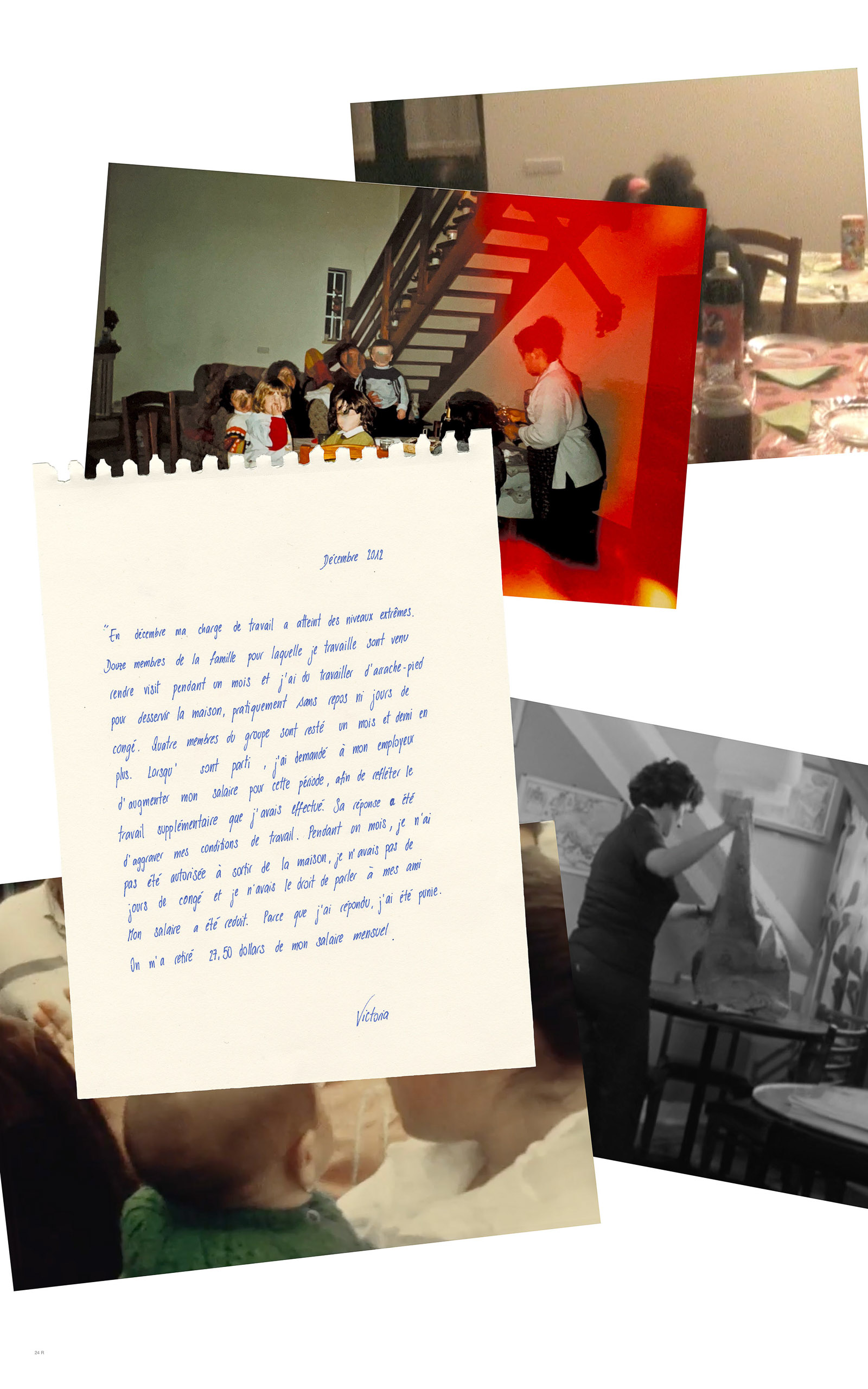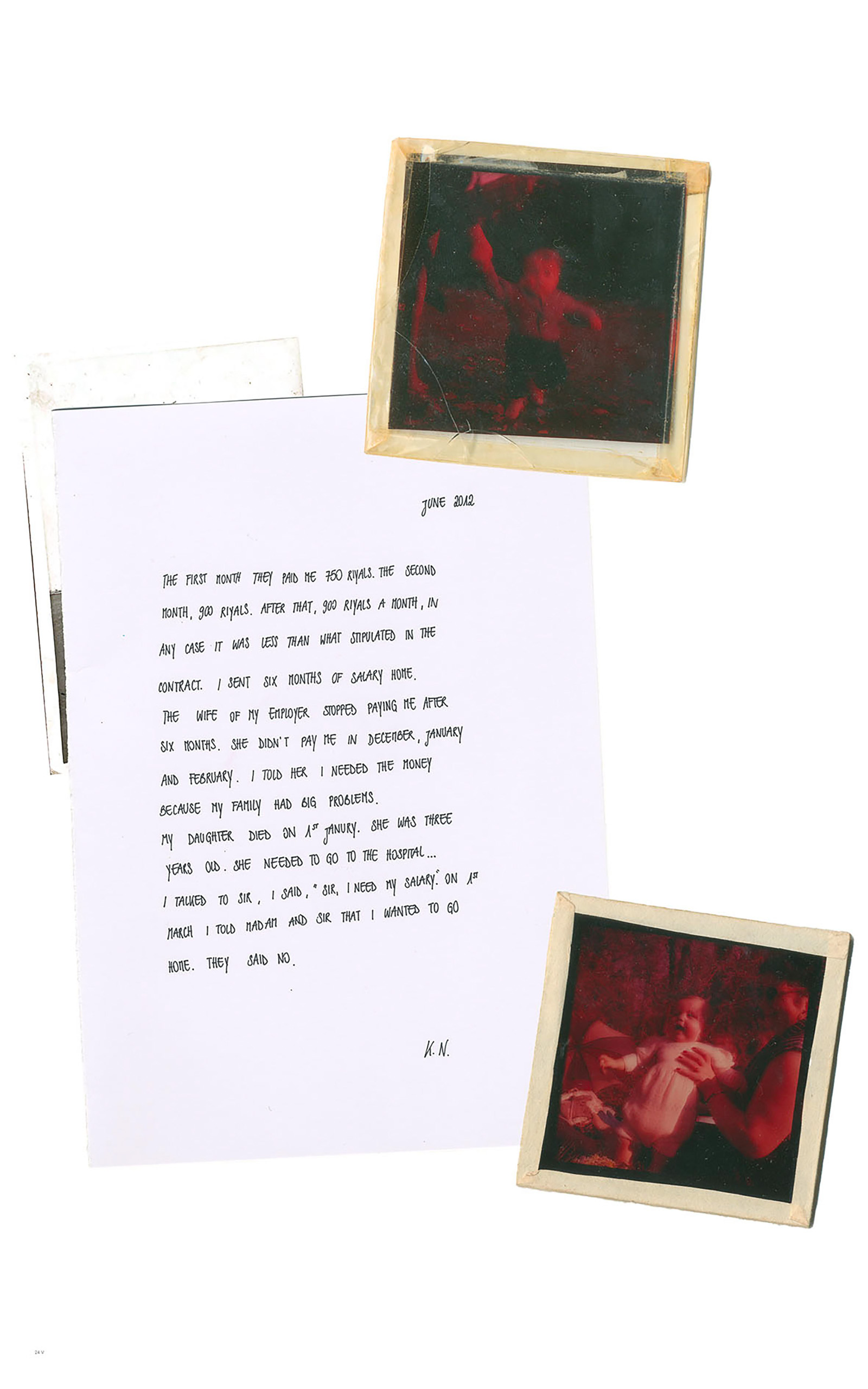Marta Silva Coelho
For some time now, my projects have been carried out in collaboration with other people, where the exchange becomes fundamental and an innovative driving force. Relationships with others are built on a horizontal plane, which allows me to access their personal archives, their experiences, their memories with the intention of recounting experiences that have a universal force.
The theme most present in my work is that of identity, particularly cultural identity. With the people involved, we explore how this identity is lost, how it can be reconstructed and what are the different influences that compose it and make it so unique.
For this project, I was interested in the issue of migrant women who perform domestic work and quite easily find themselves in situations of deep fragility: such as deprivation of liberty, which includes the withdrawal of their phone, their passport, preventing them from returning home, or simply from leaving the house and expressing themselves freely with the family they work for. Physical, psychological and sexual violence are also committed.
Because these situations occur in the privacy of the home, they go unnoticed to the point of becoming invisible. And it is precisely on this invisibility that I wanted to focus my attention. Indeed, the collages seem to demonstrate a certain discretion, an impostured tranquility. We can see written letters and postcards that were never sent, unable to reach another place and ask for help, and some images belonging to my archives, my personal collection and documentaries dedicated on this subject. The images show women’s bodies whose faces have been made anonymous and hidden because many women have faced similar situations and do not need to be represented by a specific face.
The written references are also true testimonies collected in “My sleep is my only break”, published by Amnesty International in 2014. Other references were written by a woman in my life, who wanted to share moments of great discomfort as a mother, migrant woman and domestic worker. I wanted to translate the texts into different languages in order to reach a larger number of spectators and because these are situations that can occur in very different places. This project was carried out in the hope of drawing attention to indifference and making more visible what happens in invisibility.
HEAD Artists 2024
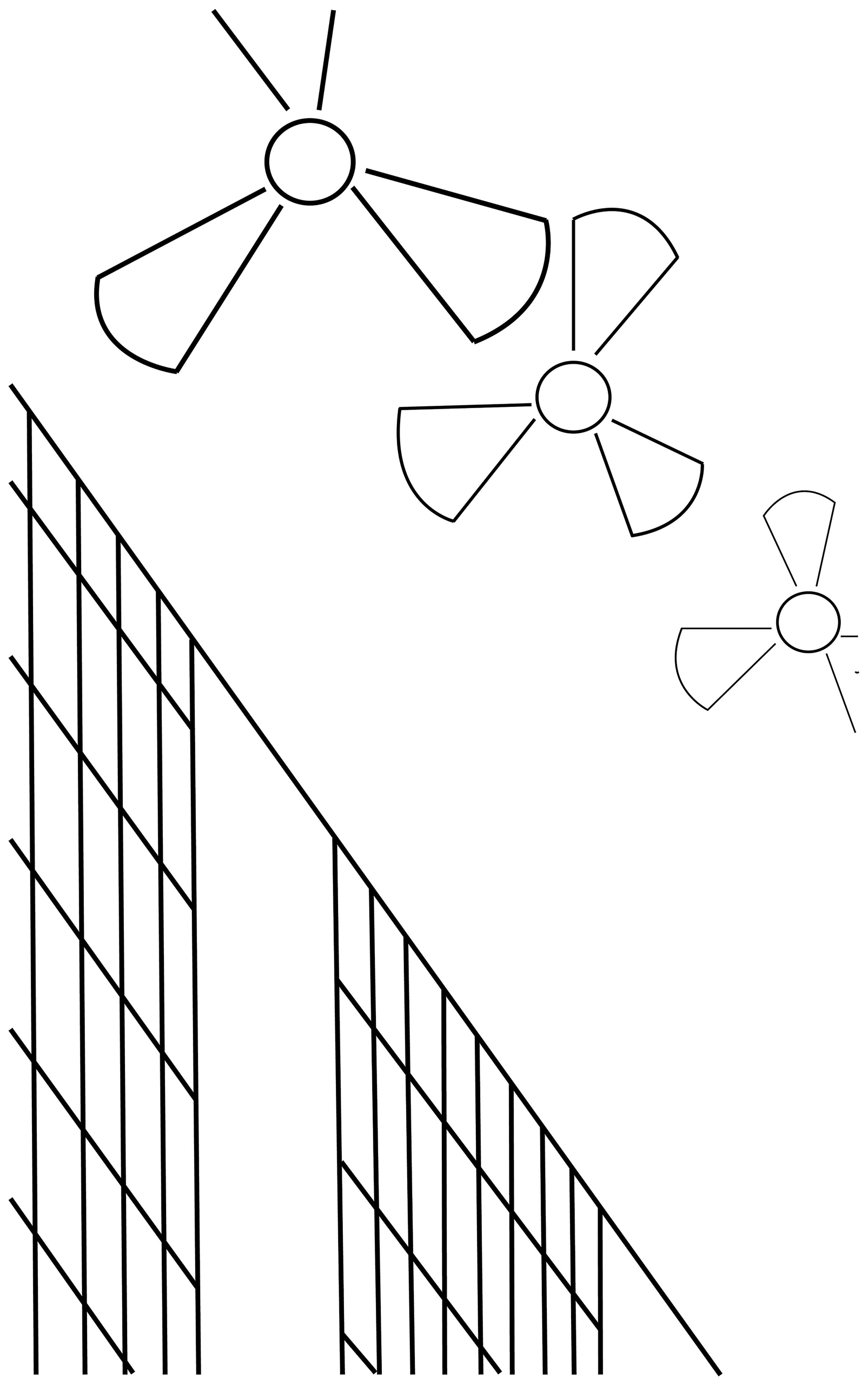
Agathe Heilmann
What connection is there between a place and what we do there? When it comes to torture and ill-treatment, none. Any space, whether an old school, a hospital or a prison, can be hijacked to become the scene of violence. For the Artists Against Torture association, I...
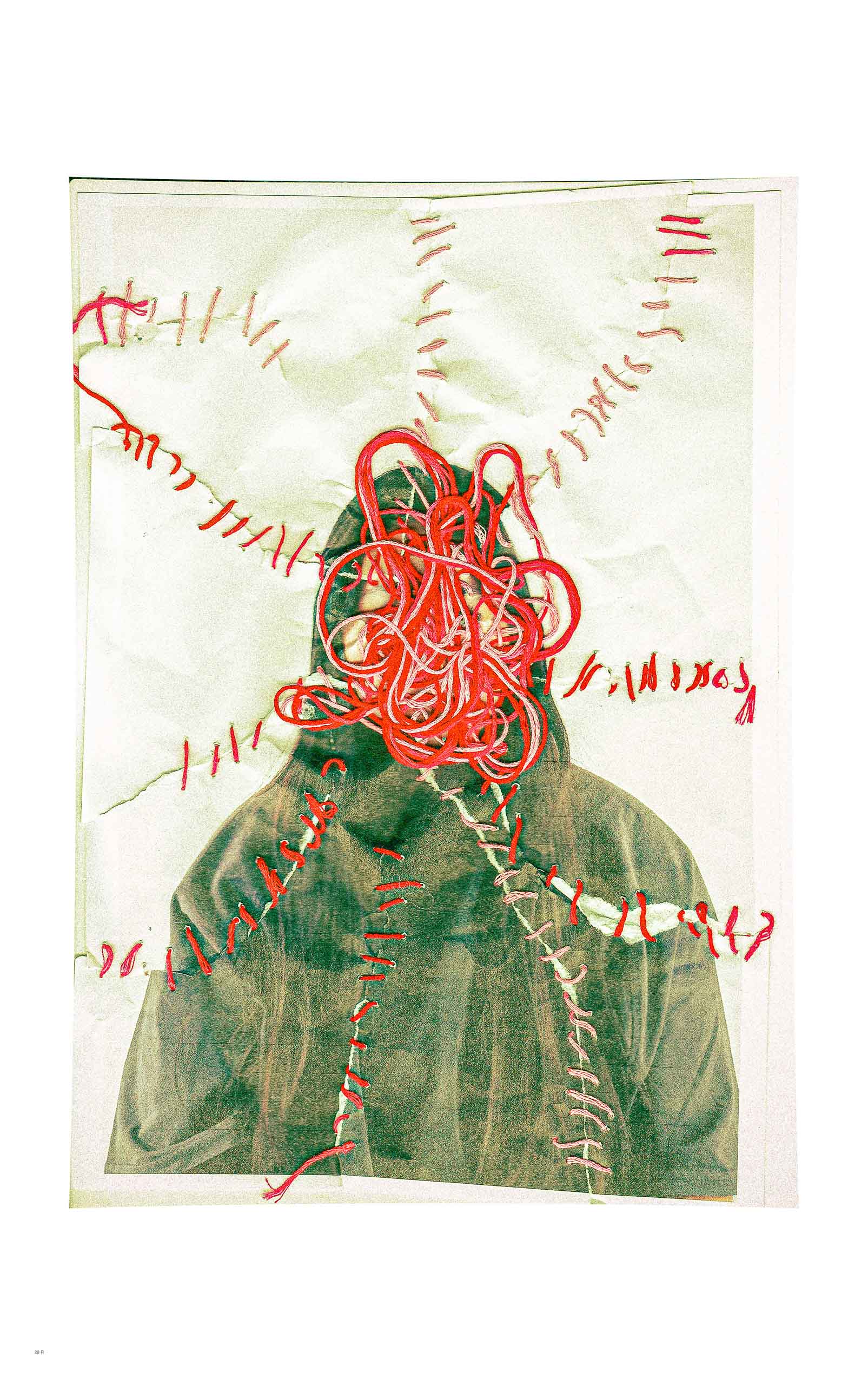
Elisa Pournin
HEAD Artists 2024

Mel Wieland
“Shut up or I'll leave you on the side of the road (and the wolves will come and eat you)” Mel Wieland, born in 1996 in Geneva, is a trans scenographer, painter and microtechnician of Swiss-Peruvian origin. In his pictorial works, Mel addresses the theme of...

Loane Colatruglio
A world without cages is a work that approaches the notion of torture in an open manner with different perspectives, inviting the viewer to reflect on this powerful subject. By connecting the series of numbered points, a meaningful sentence emerges. These quotes offer...

Weiyu Chen
In the work, OKMAN is a calm, neutral figure who expresses his inner emotions and perception of the world through body language. This reserved character symbolizes the fear and shyness of each individual victim of abuse. But whether individually or collectively, we...

Razene El Mestaysser
The first step to achieve violence, hatred, torture even to the point of genocide is dehumanization. Unfortunately, it is a practice that is far too commonplace, particularly against racialized people. In my project I wanted to question the empathy of spectators by...
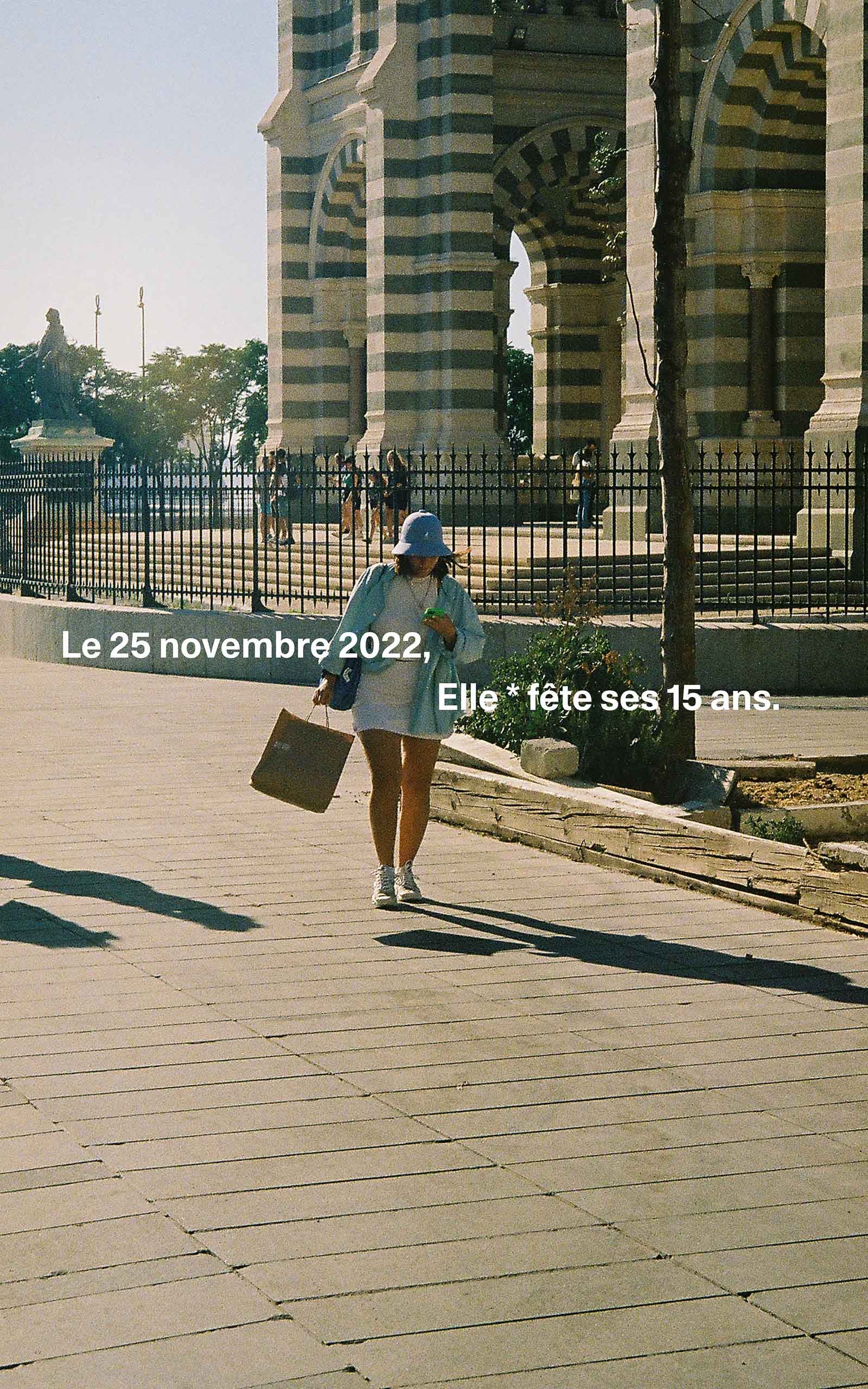
Iris Nguyen Van and Alice Malherbe
The two of us worked on this project because it particularly affected us. This series of photographs denounces violence against women around the world, based on certified statistics which interact with the photos. We really wanted to create a strong contrast with, on...
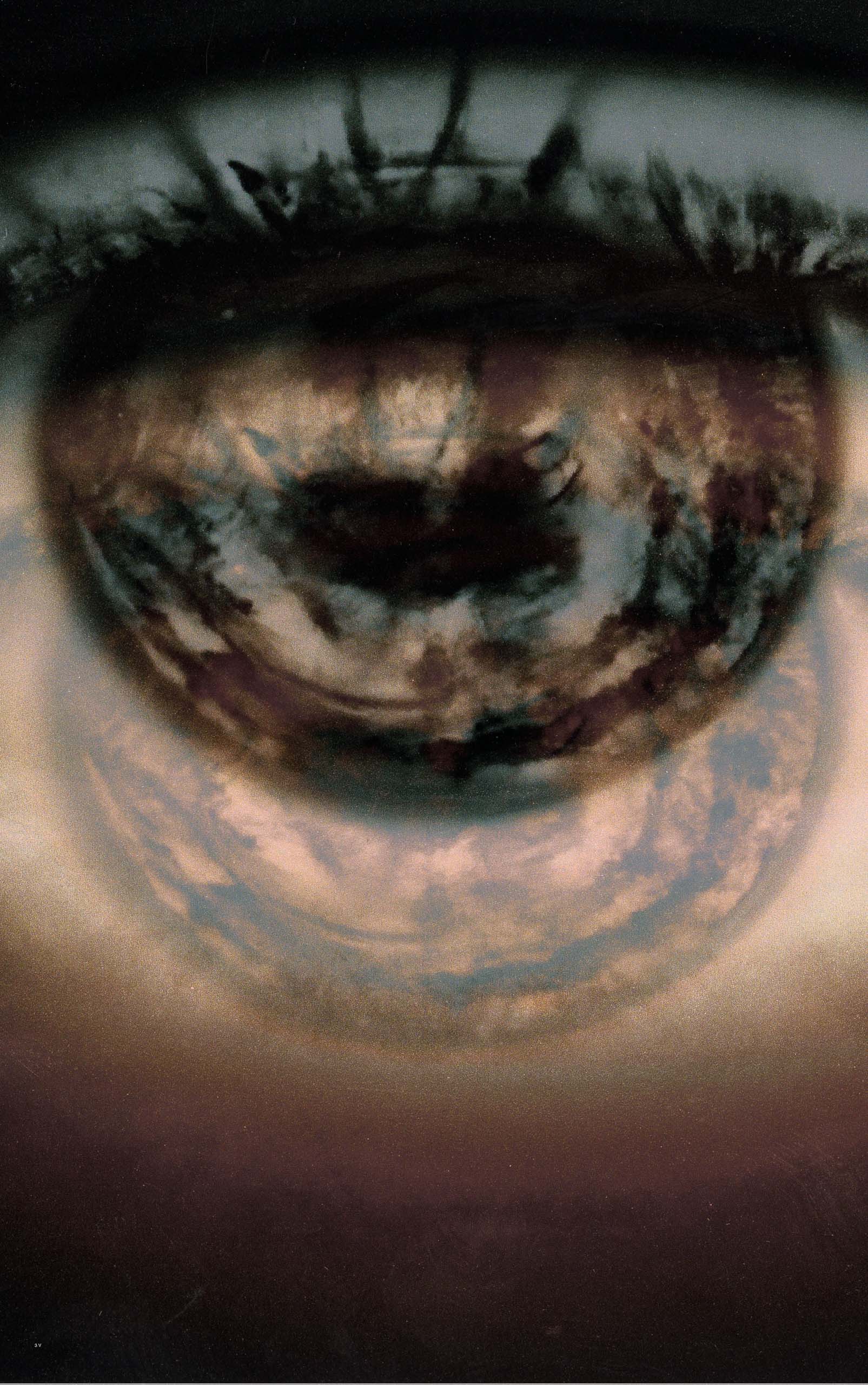
Sandra Lumingu
In this project I question the problem of online and offline surveillance as well as the memory of gestures in spaces where torture has taken place. Based on real places where lives were shattered, I generated fictitious places using artificial intelligence, in which...
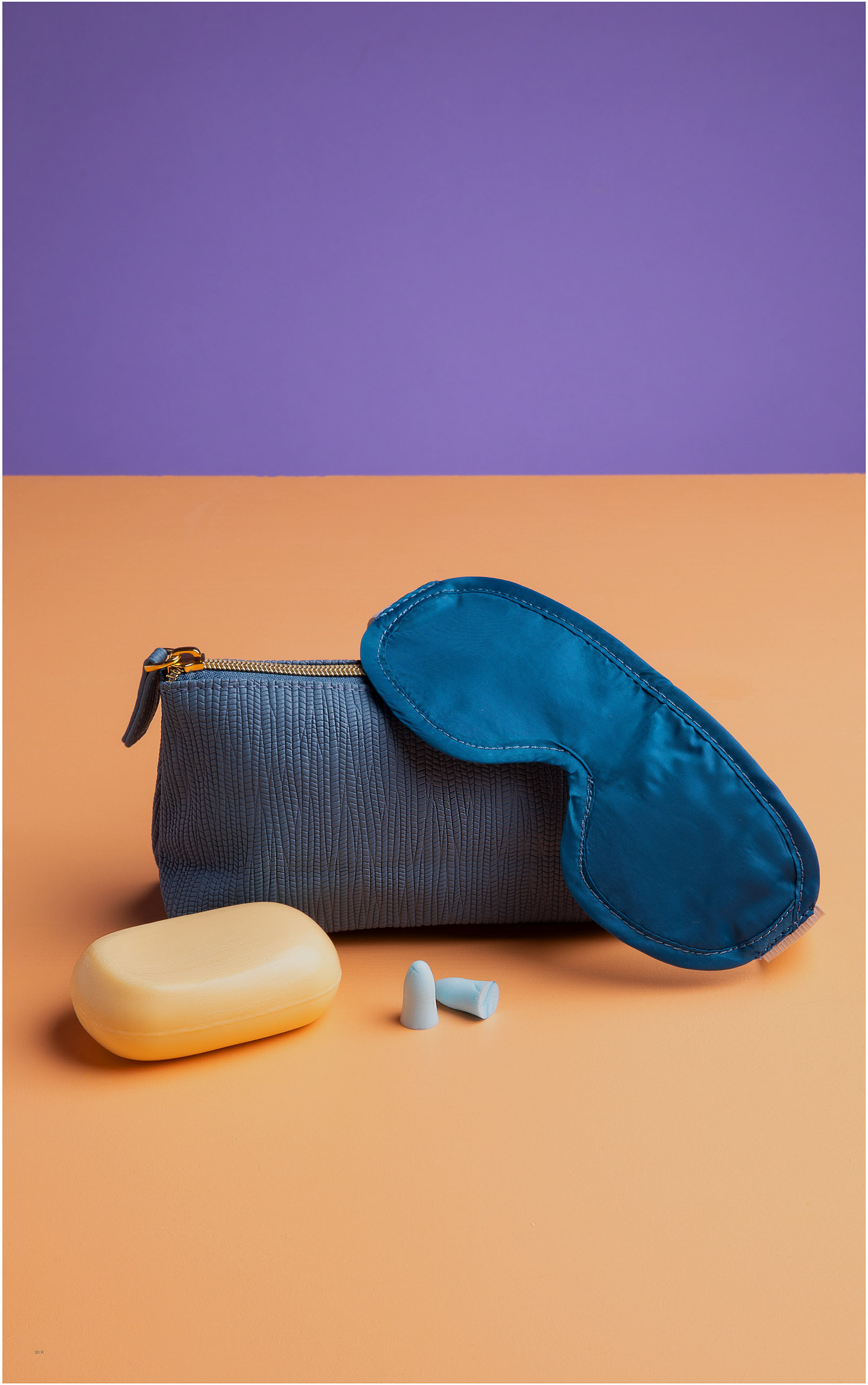
Olha Melnyk (Nina Mári)
My artistic practice is based on research into social processes. I find the method of using bright colors to highlight a problematic topic to be very effective. After all, the human eye prefers a "beautiful" image. Thus, I seem to seduce the spectator who, without...
